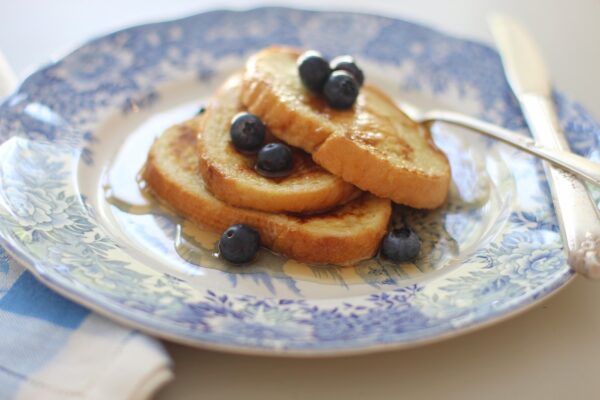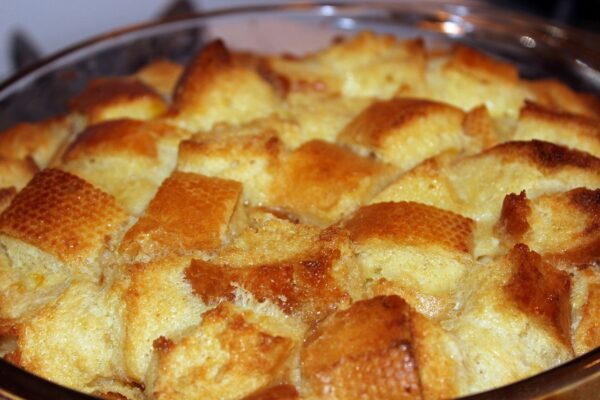Calling all bread enthusiasts! Craving the tangy delight and satisfying chew of a homemade sourdough loaf? Look no further than the Sourdough Batard, a beautiful oblong-shaped bread that’s as delicious as it is achievable.
This recipe is your ultimate guide, packed with clear instructions and helpful tips to transform you into a batard-baking champion. In under an hour of active time (with some additional resting and cooling periods), you’ll be well on your way to enjoying the fruits (or should we say, bread?) of your labor.
Gather Your Ingredients: A Baker’s Shopping List
This recipe focuses on high-quality staples to create an exceptional loaf. Here’s what you’ll need:
- 3 ¾ cups (500g) Organic Bread Flour: The foundation of your bread, organic bread flour provides the perfect structure and delightful chew we all love.
- 1 tablespoon Sea Salt Flakes: A touch of sea salt adds depth of flavor and helps control yeast activity, ensuring a beautiful rise.
- Sourdough Starter A or B (see page 6): The magic ingredient! This is the heart and soul of your sourdough bread. If you don’t have a starter yet, don’t worry – you can find instructions for creating your own online.
- ⅔ cup Lukewarm Filtered or Bottled Water (approximately): The amount of water may vary slightly depending on the humidity and how the dough feels. You want a moist but manageable dough.
From Mixture to Masterpiece: The Baking Journey
The beauty of this recipe lies in its straightforward process. Here’s a step-by-step breakdown to get you started:
- Combine & Knead: In a large bowl, combine the flour, salt, and your bubbly starter. Gradually add enough lukewarm water to create a moist dough. Knead it for 10 minutes by hand or with a stand mixer until it becomes smooth and elastic.
- First Rise: Place your kneaded dough in a greased bowl, cover it with a clean kitchen towel, and let it rise in a warm spot for 30 minutes. Then, for a deeper sourdough flavor, transfer it to the refrigerator for a cozy overnight rest.
- Shaping the Batard: The next day, gently transfer the dough to a lightly floured surface. This is where the fun begins! Pat the dough into a rectangle and use a series of folds to transform it into a long, oblong shape – the classic batard.
- Second Rise & Bake: Let your shaped dough rise for another hour in a warm spot until it nearly doubles in size. Meanwhile, preheat your oven to 475°F. Once preheated, score the top of the dough with a sharp knife for even rising. Bake the batard for about 30 minutes, spritzing it with water a couple of times during baking to create a beautiful crust.
- Cooling & Enjoying: The hardest part? Waiting! Once the bread is golden brown and sounds hollow when tapped, transfer it to a wire rack to cool completely. The reward? A magnificent homemade sourdough batard bursting with flavor and texture, ready to be devoured.
Essential Tips for Sourdough Success
- Planning is Key: Remember, sourdough starters require some prep time. You’ll need to begin this recipe 5-7 days ahead to allow your starter to mature.
- Temperature Matters: The provided rising times are estimates. Warmer weather might speed things up, while cooler temperatures will require a bit more patience.
- Fresh is Best: Enjoy your sourdough bread fresh for the ultimate flavor and texture experience. However, you can also freeze it for up to 2 months for future enjoyment.
A World of Possibilities: Beyond the Batard
Sourdough baking is a rewarding journey filled with endless possibilities. With this recipe under your belt, you can experiment with different flours, shaping techniques, and even add-ins like nuts, seeds, or dried fruits to create unique and delicious variations.
So, fire up your oven, embrace the magic of fermentation, and embark on your sourdough adventure. This batard recipe is a fantastic starting point to create beautiful and flavorful loaves that will leave you feeling proud and satisfied.
Even experienced bakers encounter occasional hiccups. But fear not, here are some tips to troubleshoot common issues you might face with this recipe:
- Flat Bread: A flat loaf can indicate the dough wasn’t kneaded enough or the starter wasn’t active enough. Ensure you knead for the full 10 minutes and use a healthy, bubbly starter. Additionally, check the rising times and adjust slightly if your environment is cooler.
- Dense Crumb: Over-kneading or using too much flour can lead to a dense crumb. Stick to the kneading time and add flour gradually until the dough just becomes manageable, not dry.
- Uneven Browning: If your batard is browning unevenly, try rotating the tray halfway through baking for more consistent heat distribution.
- Tough Crust: Baking at too high a temperature or for too long can result in a tough crust. Keep an eye on the bread during the final stages of baking and adjust the time or temperature if needed.
Final Notes: Embrace the Journey, Savor the Reward
Sourdough baking is a process as much as it is a recipe. It requires a touch of patience, a dash of observation, and a whole lot of satisfaction when you behold your beautiful creation. With this recipe and these tips as your guide, you’re well on your way to becoming a sourdough master.
So, don’t be discouraged by minor setbacks. Embrace the learning process, enjoy the therapeutic kneading, and celebrate the moment you slice into your very own homemade batard. The reward of enjoying a loaf bursting with flavor and the knowledge that you crafted it yourself is truly unmatched.
Happy baking!



